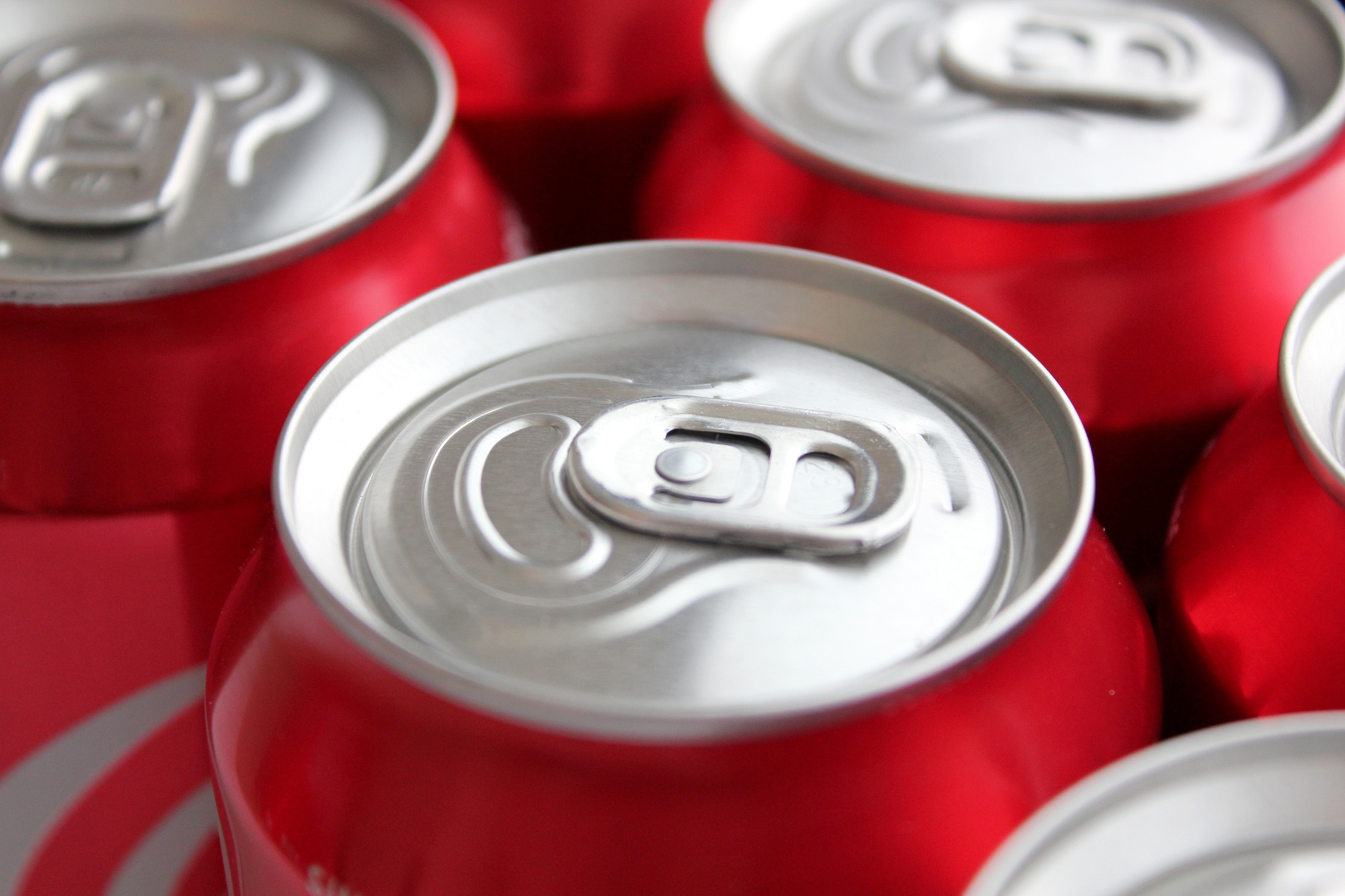Coca-Cola (KO) offered investors a refreshing dose of stability on Tuesday, reporting better-than-expected first-quarter earnings and maintaining full-year guidance despite macroeconomic headwinds and tariff pressures under President Donald Trump’s trade policy.
The beverage giant’s stock rose nearly 2% in pre-market trading after the company posted a 1% increase in core earnings per share, beating Wall Street estimates. Net sales fell 2% year-over-year to $11.1 billion, but organic revenue grew 6%, exceeding analysts’ expectations.
Coca-Cola also signaled that it expects the impact of Trump-era tariffs to remain “manageable” in 2025, helping ease investor concerns about rising input costs and global trade uncertainty.
Market Context: Beating Expectations in a Volatile Quarter
Coca-Cola’s Q1 performance comes at a time when many consumer-focused multinationals are reporting margin pressure from tariffs, inflation, and sluggish consumer demand. The company’s results stand out in a sector grappling with volatility, particularly as price-sensitive households tighten spending.
Despite a 3% drop in unit case volumes in North America, Coca-Cola pushed through an 8% price increase in the region — the second largest globally after a 16% hike in Latin America. The pricing power underscores the brand’s resilience, even as broader industry players warn of consumer fatigue.
“Organic fundamentals remain strong globally but are still subject to macro pressures,” noted RBC Capital Markets analyst Nik Modi, who maintained a positive outlook on the stock, citing Coke’s ability to manage through global volatility.
Tariff Impact: Contained, but Watching Closely
Executives downplayed the direct impact of tariffs, particularly those stemming from the Trump administration’s renewed push for reciprocal duties. With some sectors facing double-digit levies on inputs like aluminum and packaging materials, Coca-Cola’s stable margins suggest effective cost controls or hedging strategies are at play.
In its earnings statement, the company reiterated that it expects tariffs to be “manageable,” even as the broader consumer products industry braces for ripple effects. Some analysts see this as a cautious signal that input cost inflation could accelerate if trade tensions escalate further, especially between the U.S. and China.
Earnings Breakdown: Solid Organic Growth Despite Revenue Dip
Key Q1 figures include:
- Net sales: $11.1 billion, down 2% YoY (vs. estimate: $11.14 billion)
- Organic revenue growth: +6% YoY (vs. estimate: +5.2%)
- Core EPS: $0.73, up 1% YoY (vs. estimate: $0.72)
Coca-Cola reaffirmed its full-year guidance, projecting 5% to 6% organic sales growth and core earnings per share between $2.94 and $2.97 — broadly in line with consensus forecasts. The company also maintained expectations for free cash flow of approximately $9.5 billion.
Investor Takeaway: A Defensive Play in Turbulent Times
With defensive sector characteristics and a broad global footprint, Coca-Cola continues to attract investors looking for relative safety amid market turbulence. Its pricing power, stable dividend, and brand strength are particularly attractive as uncertainties around Trump’s trade agenda persist.
Still, investors will be watching closely for signs of demand softening if price increases begin to outpace consumer tolerance. CEO James Quincey is scheduled to appear on Yahoo Finance later today to discuss the earnings report and provide further commentary on macro risks.
Coca-Cola’s ability to weather the latest economic squall — at least for now — offers a contrast to more exposed sectors and underlines its standing as a resilient global operator in a rapidly shifting trade environment.







